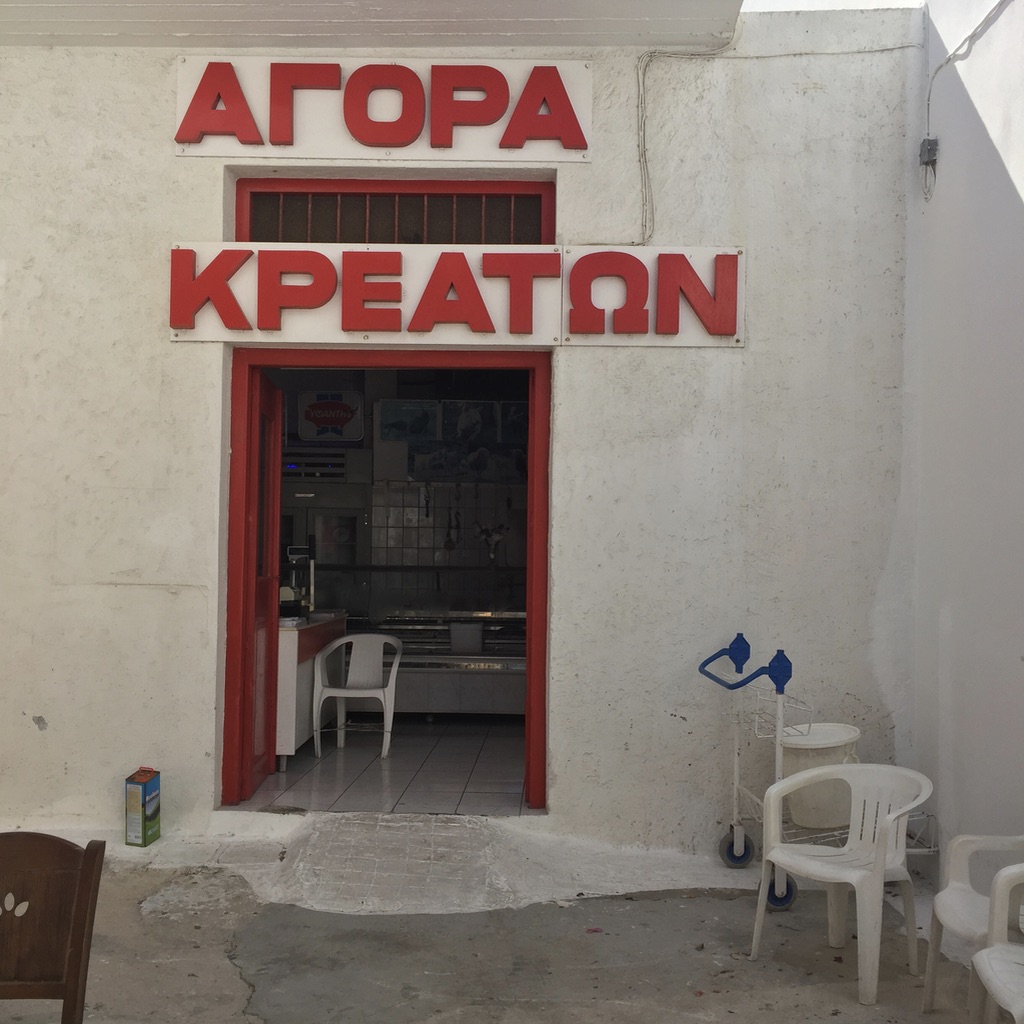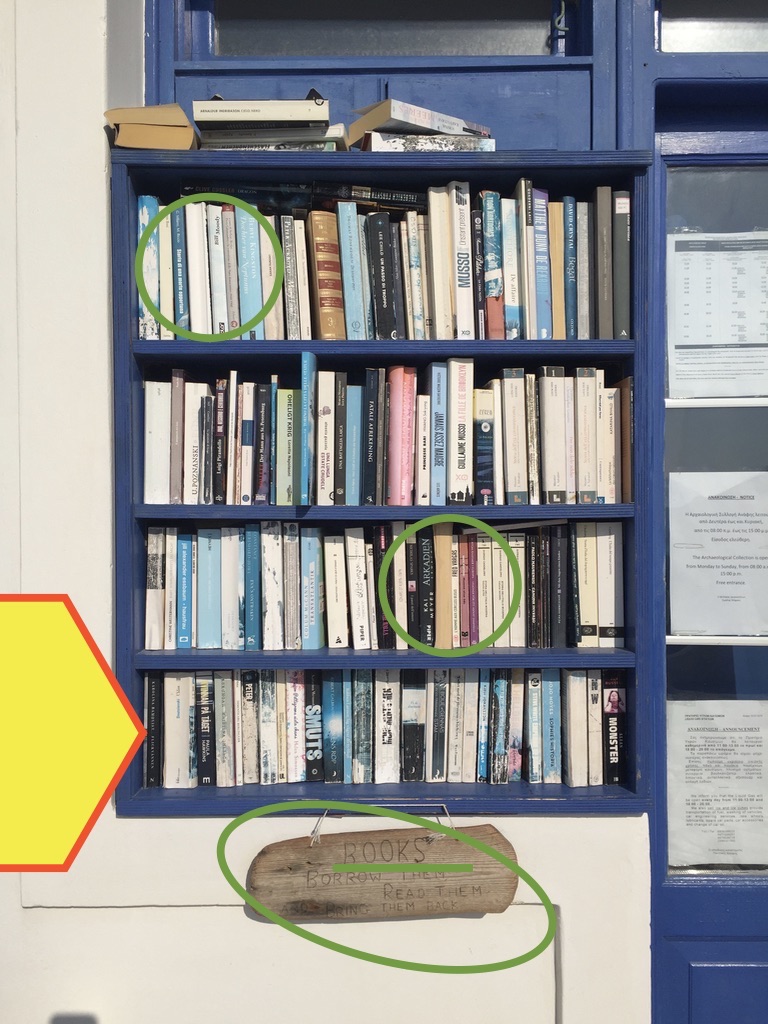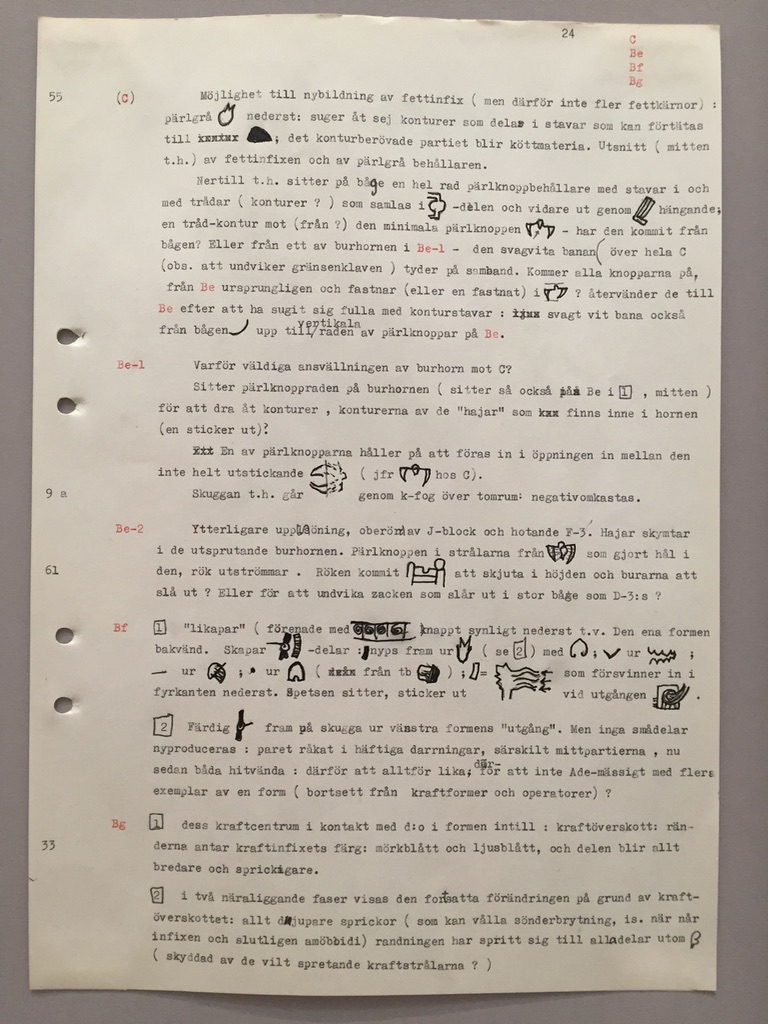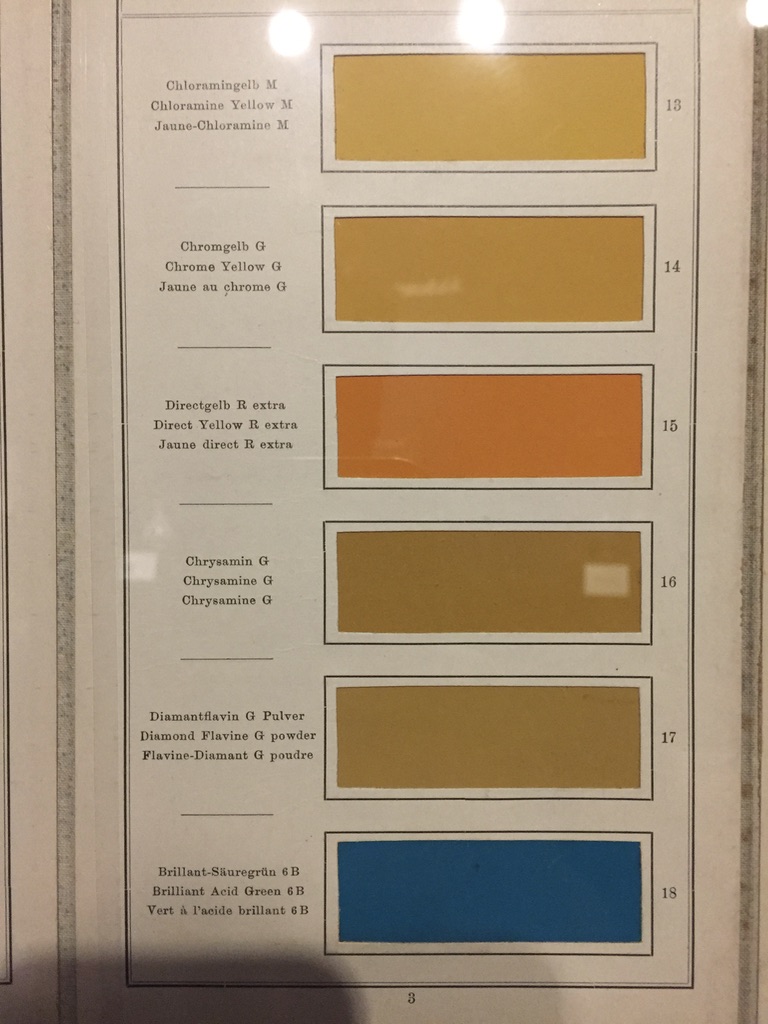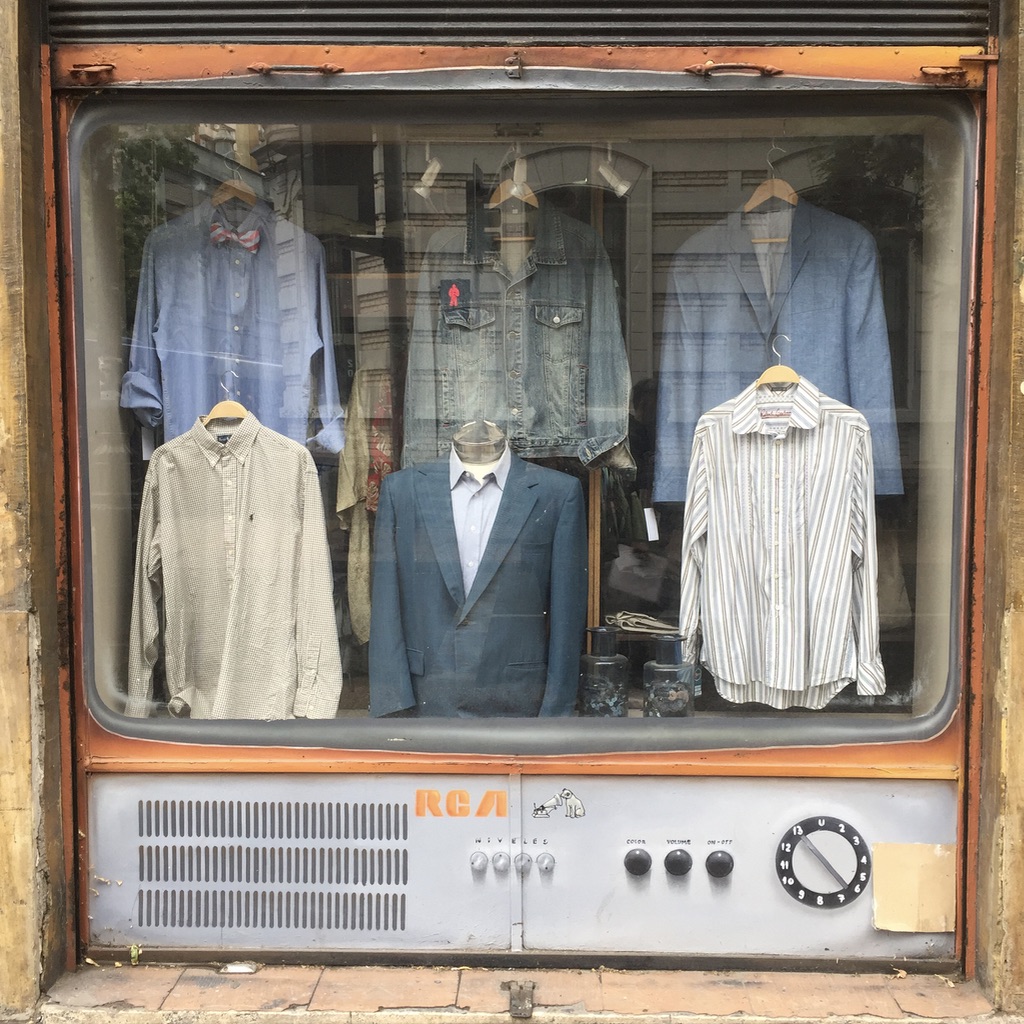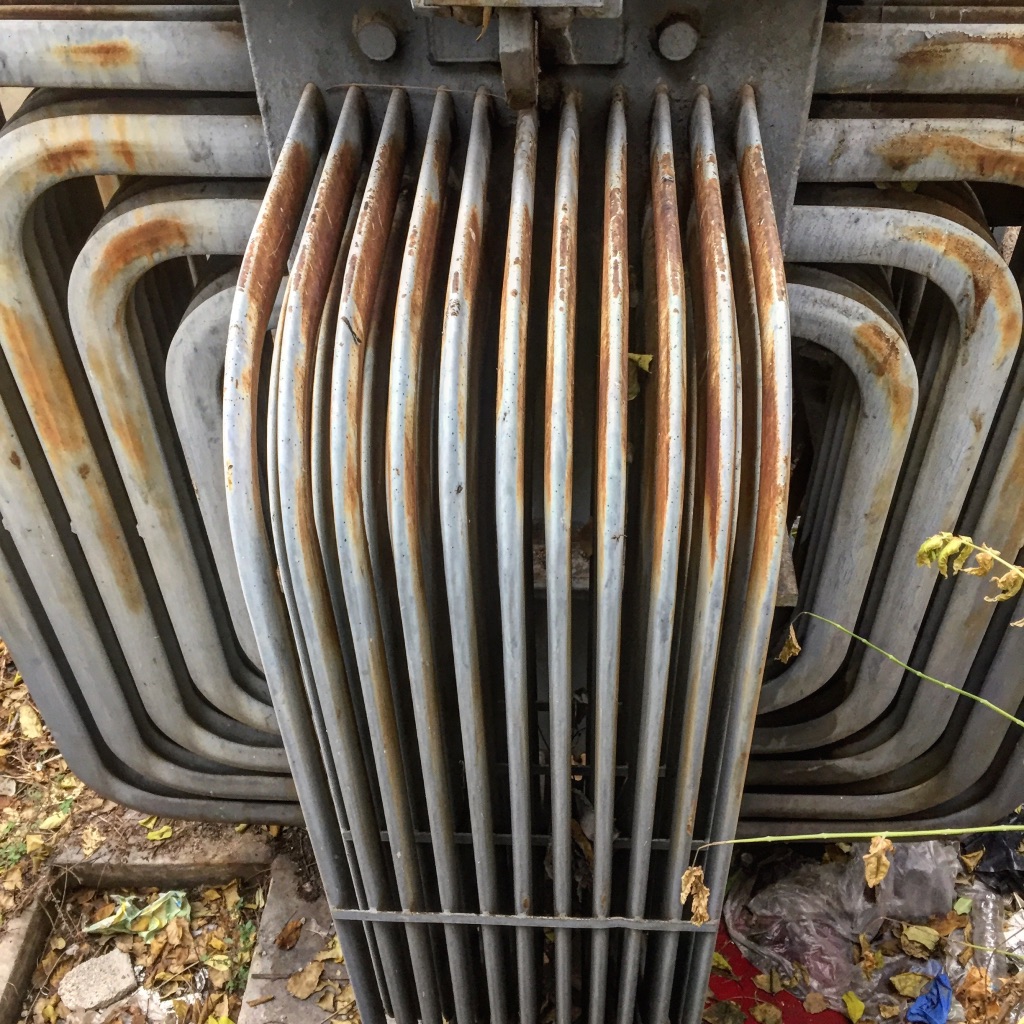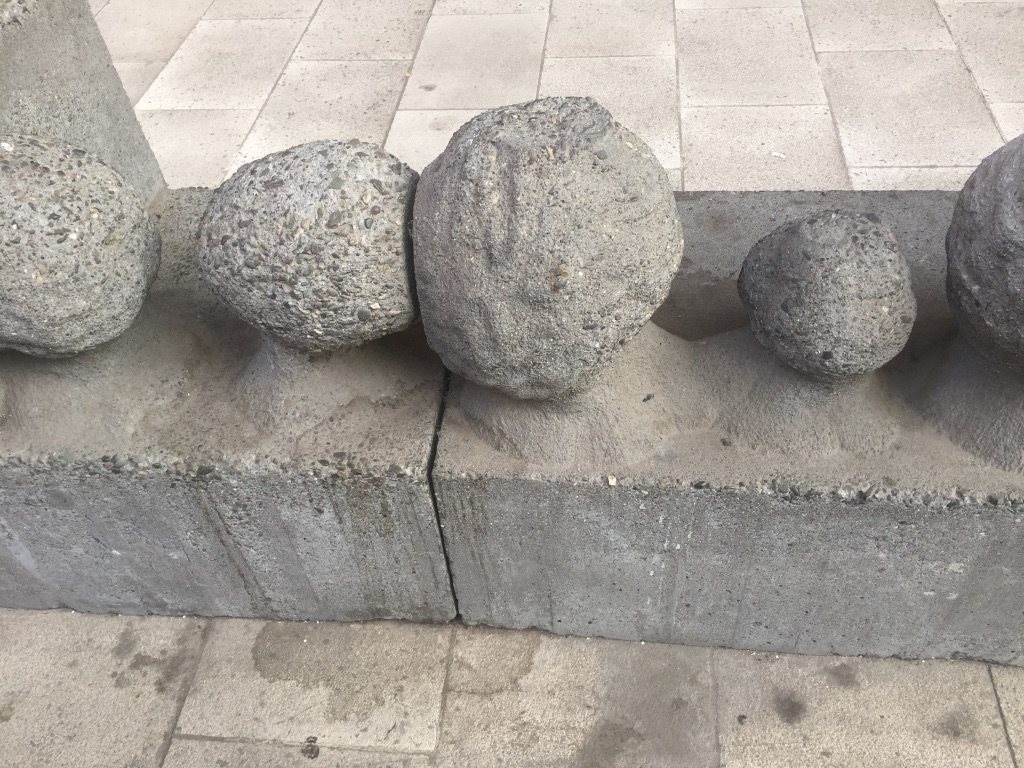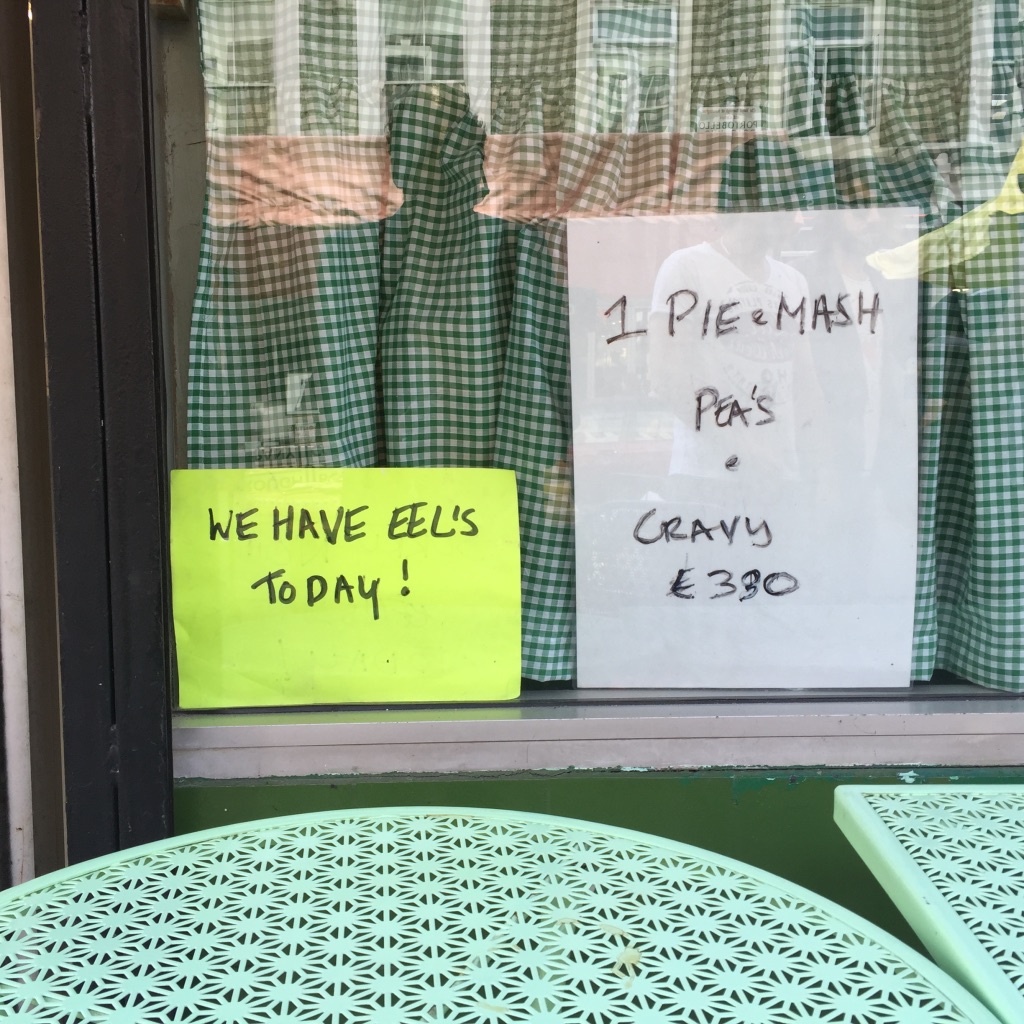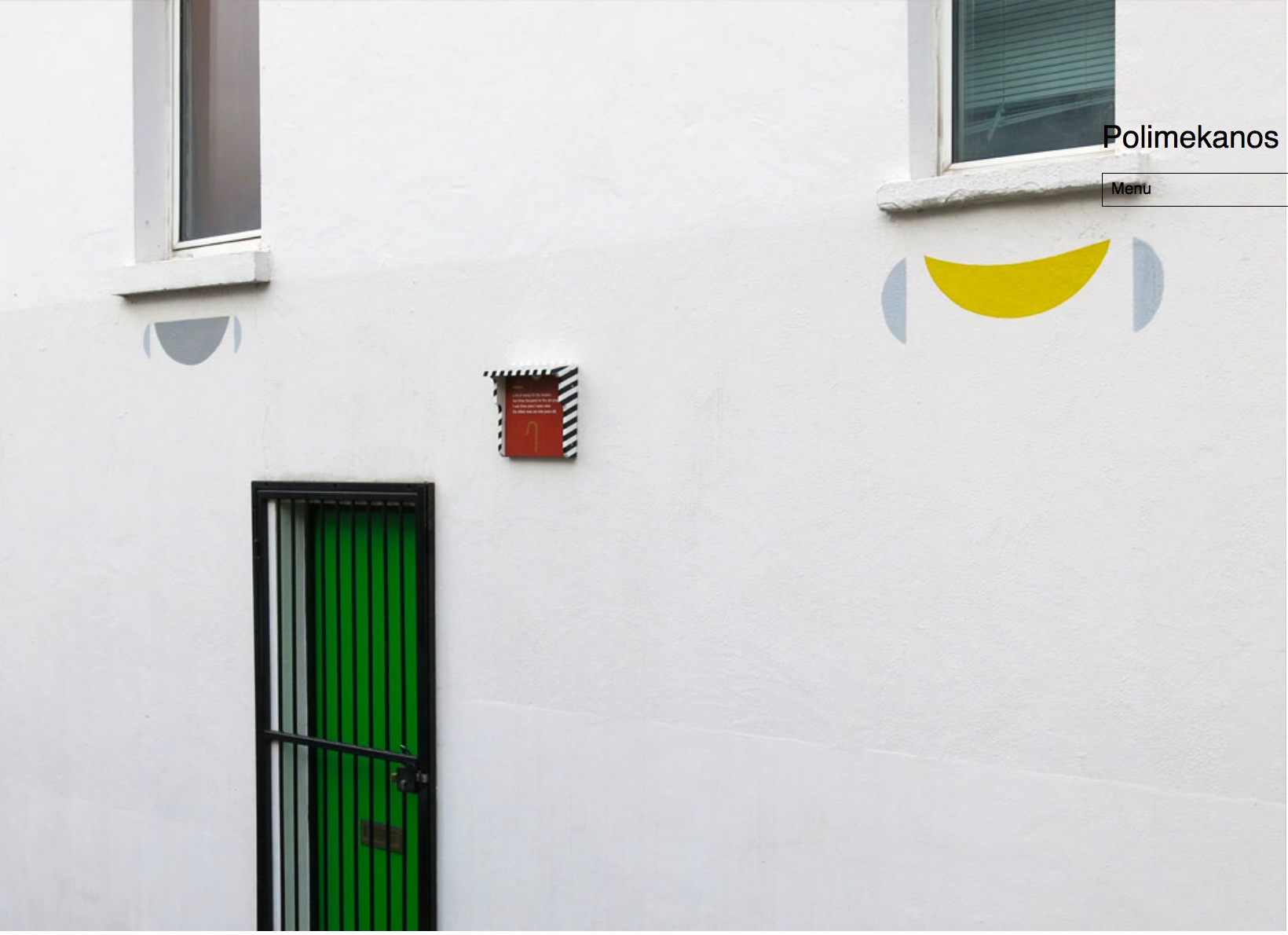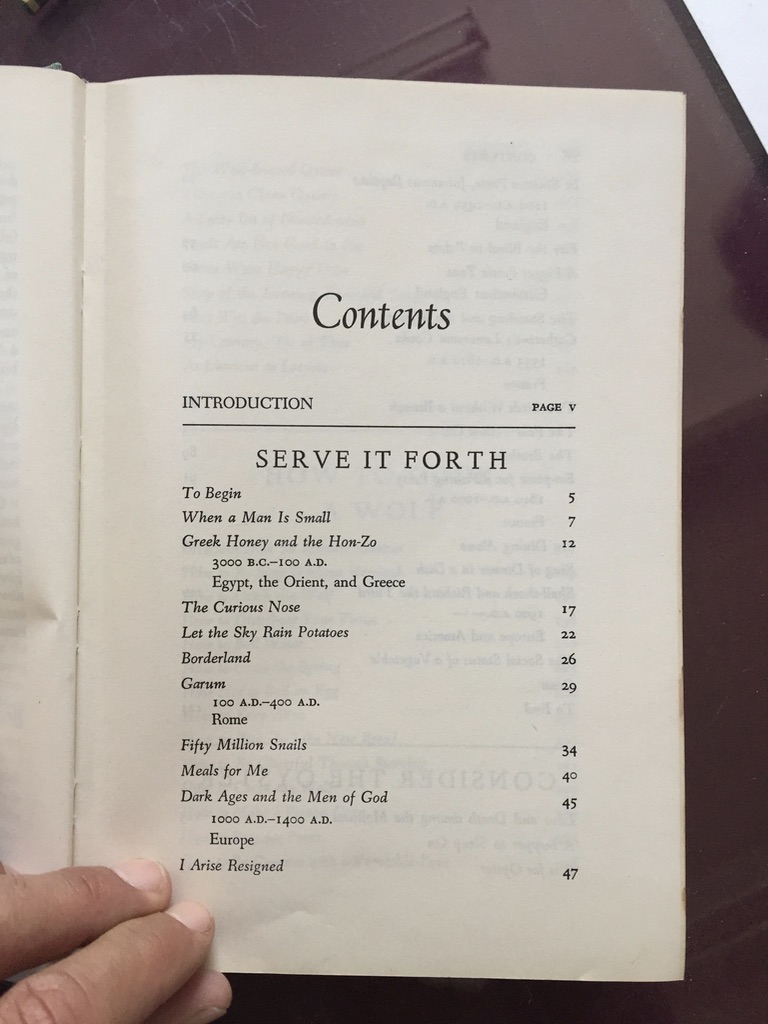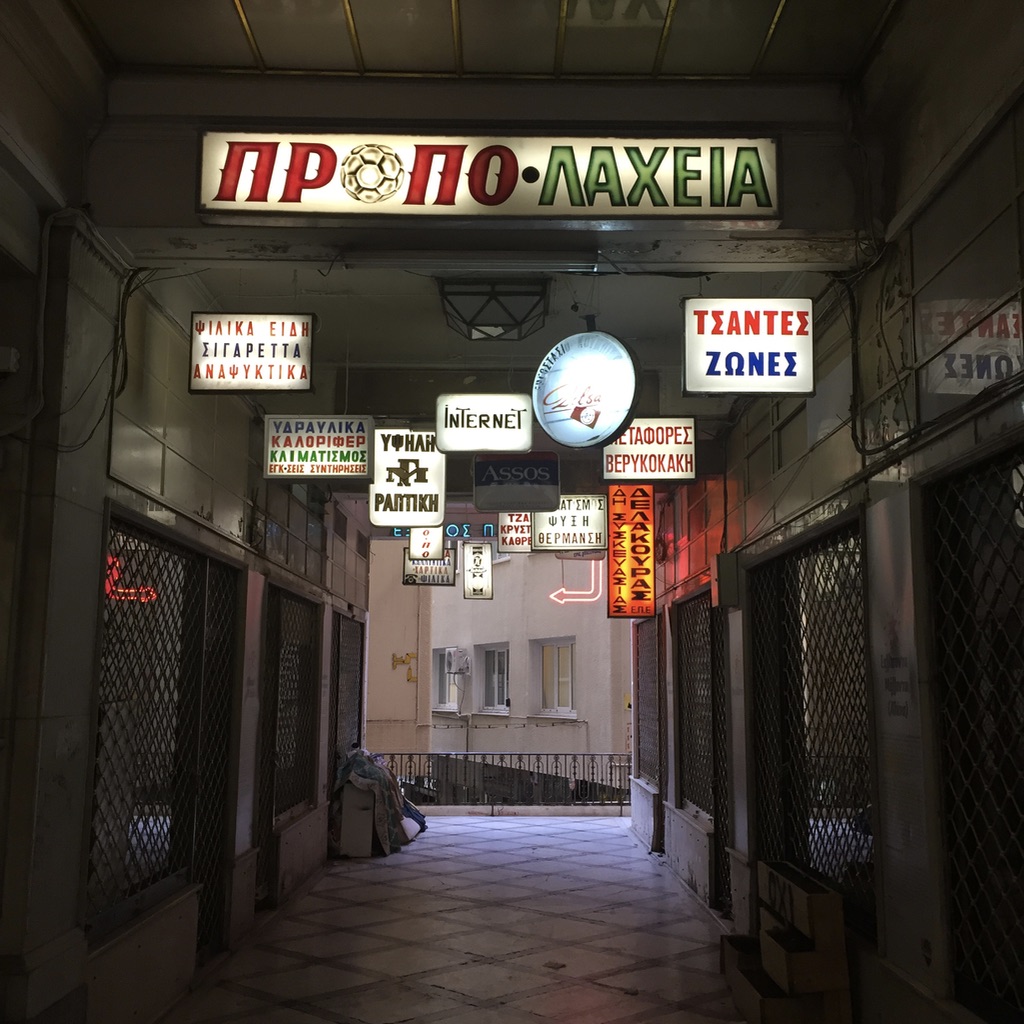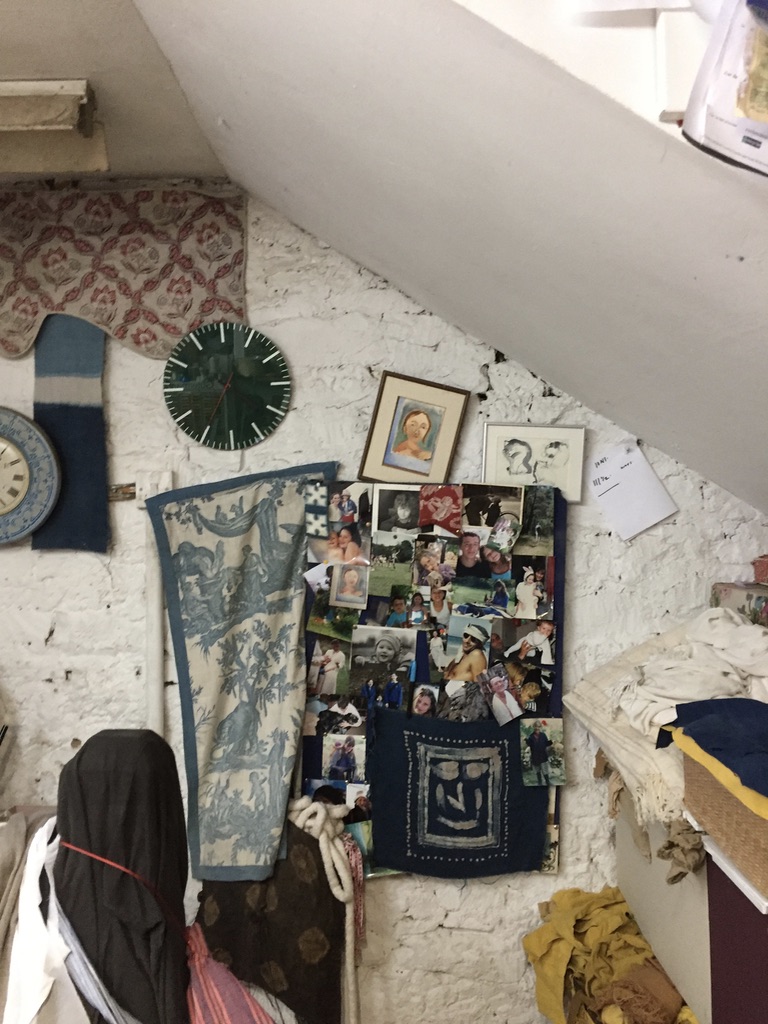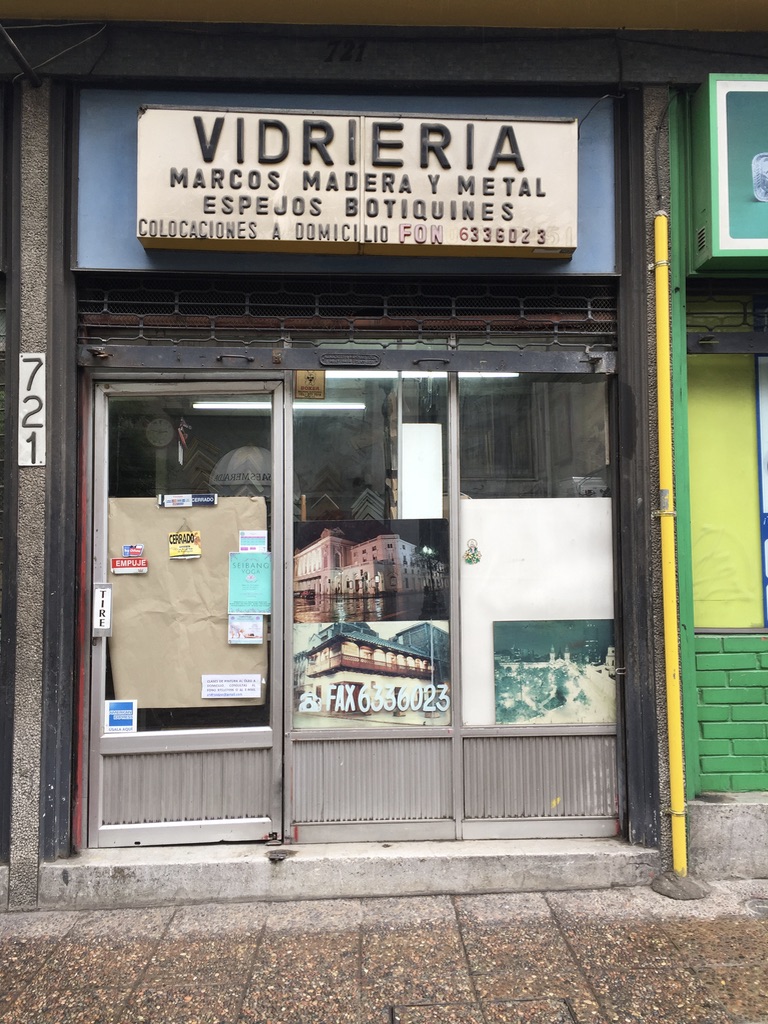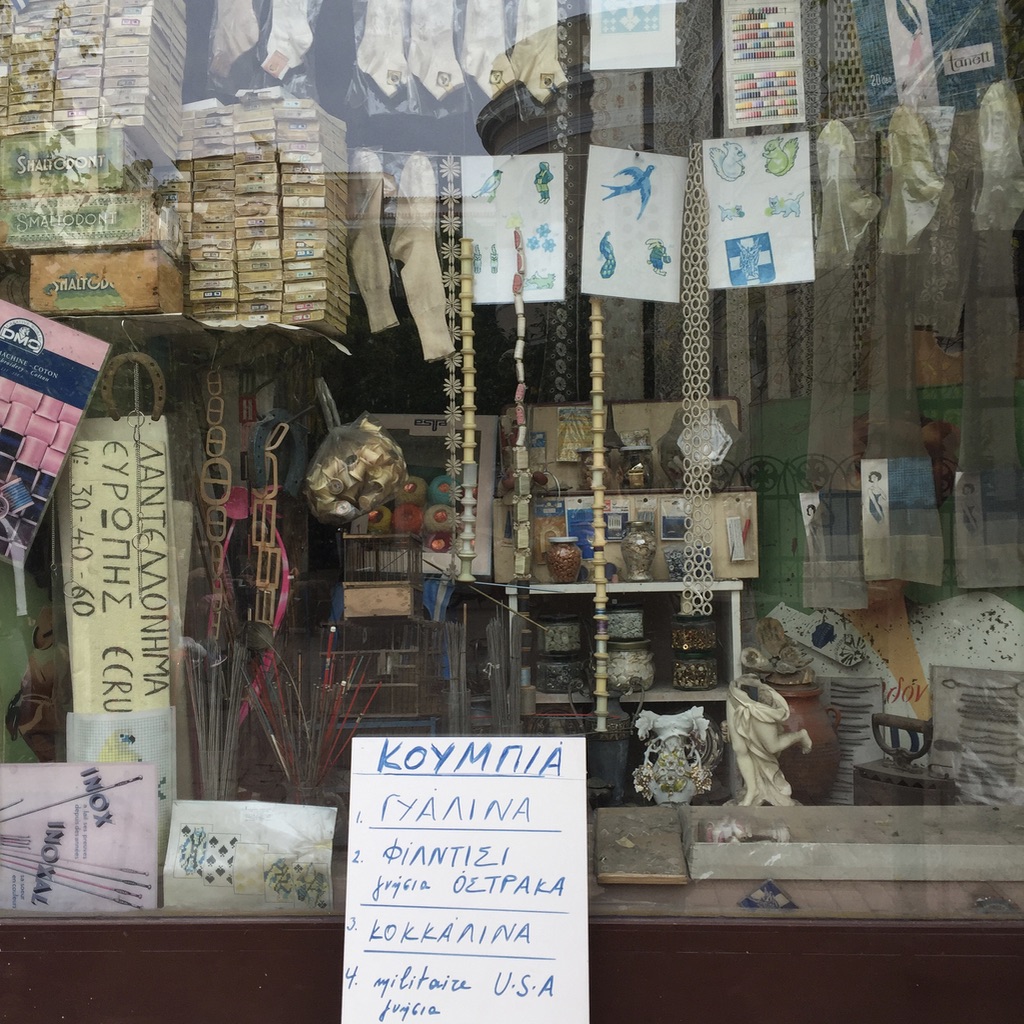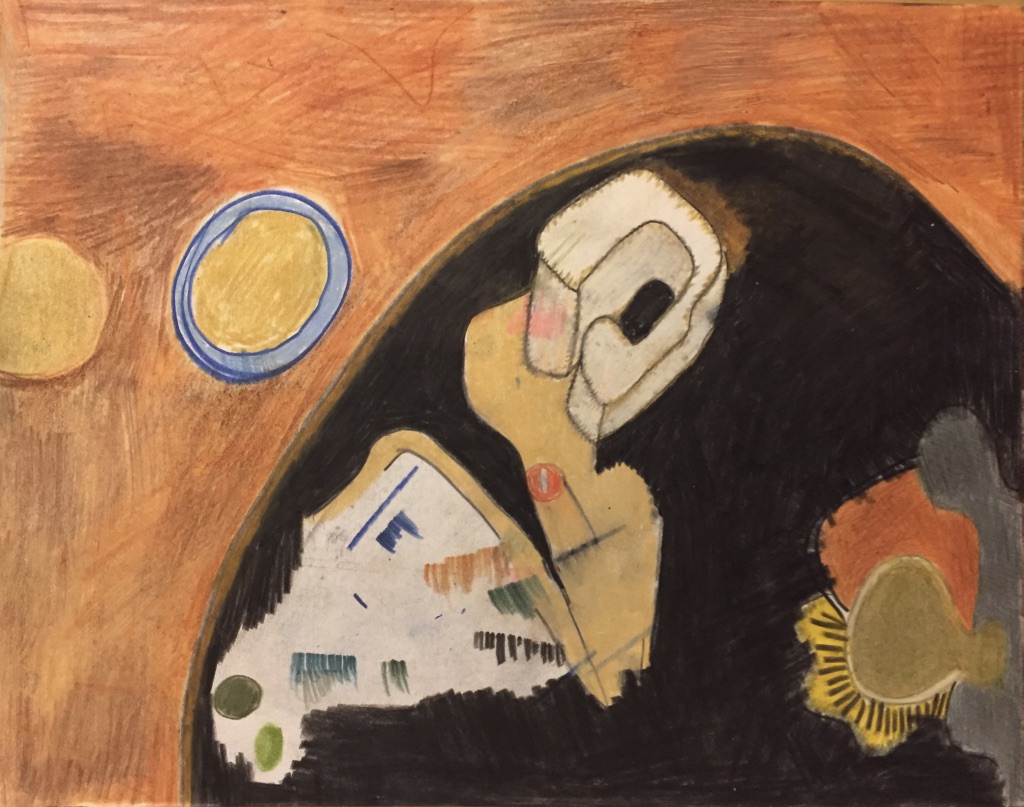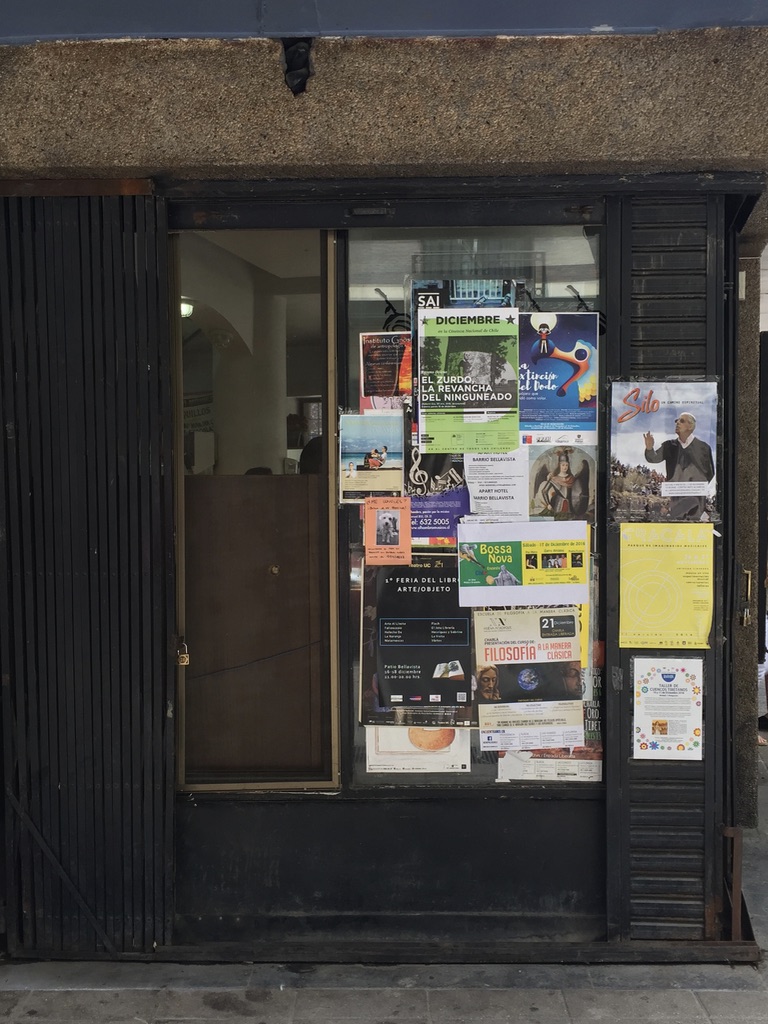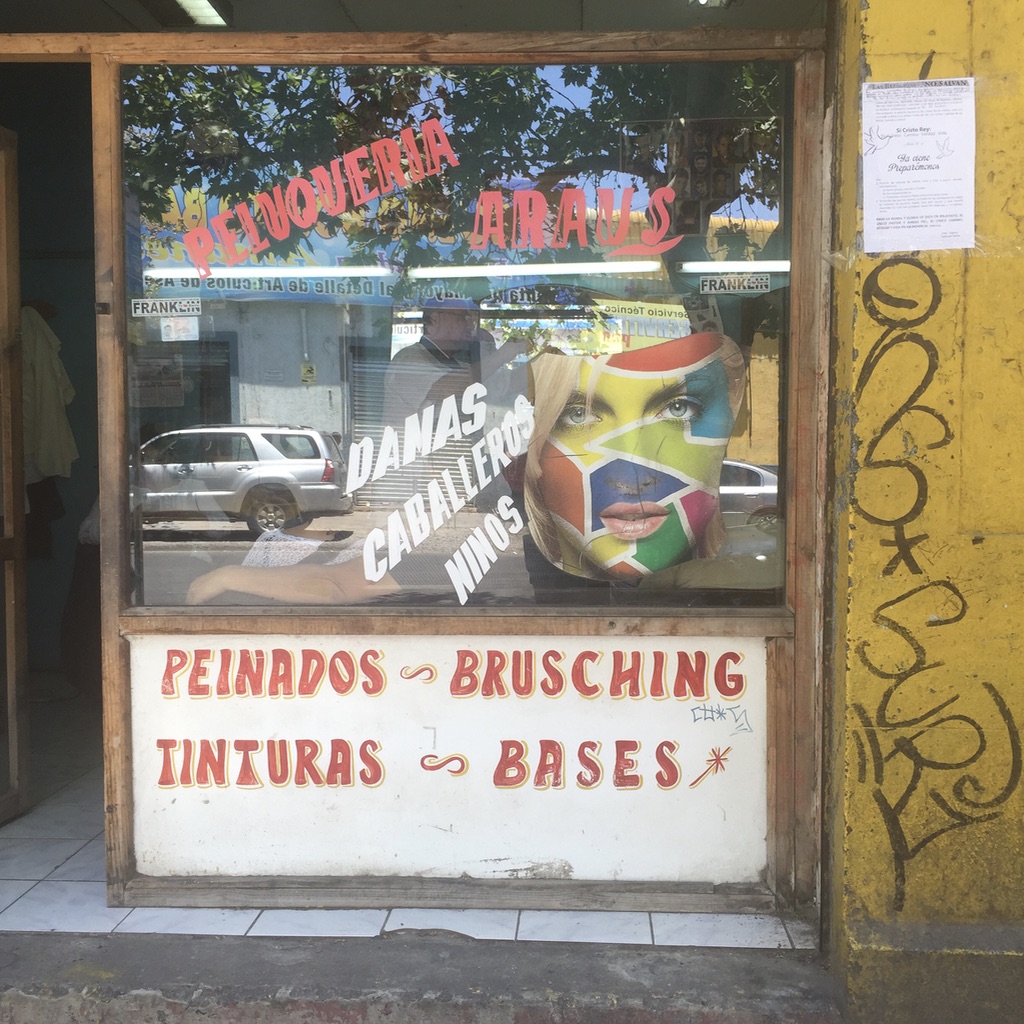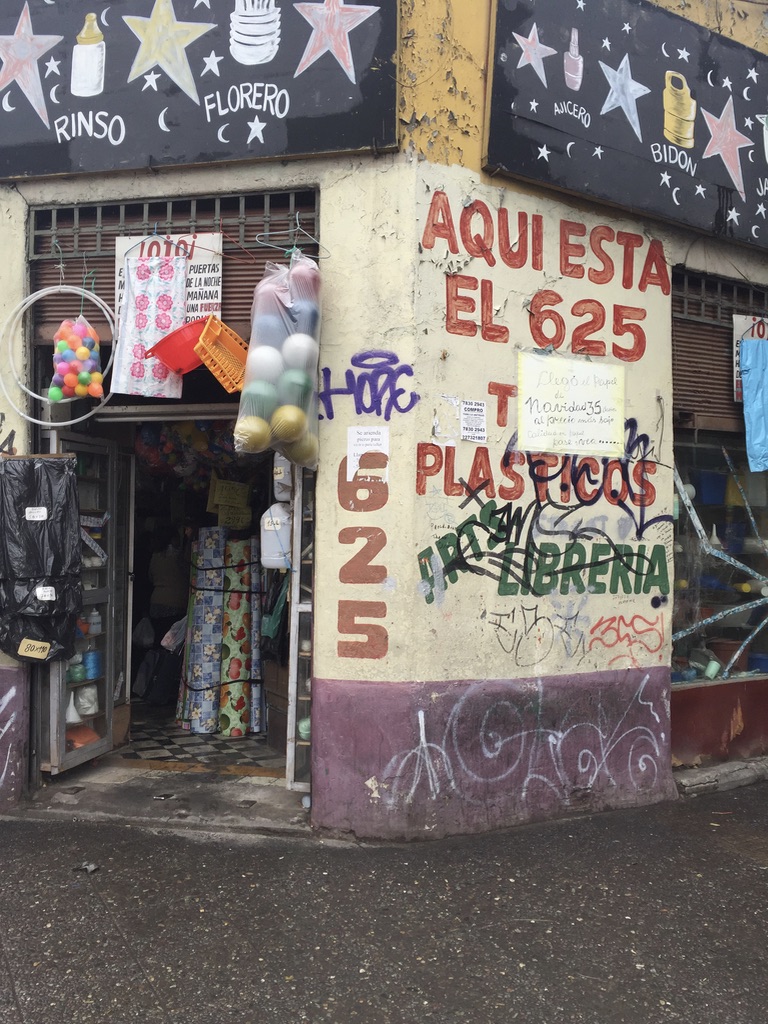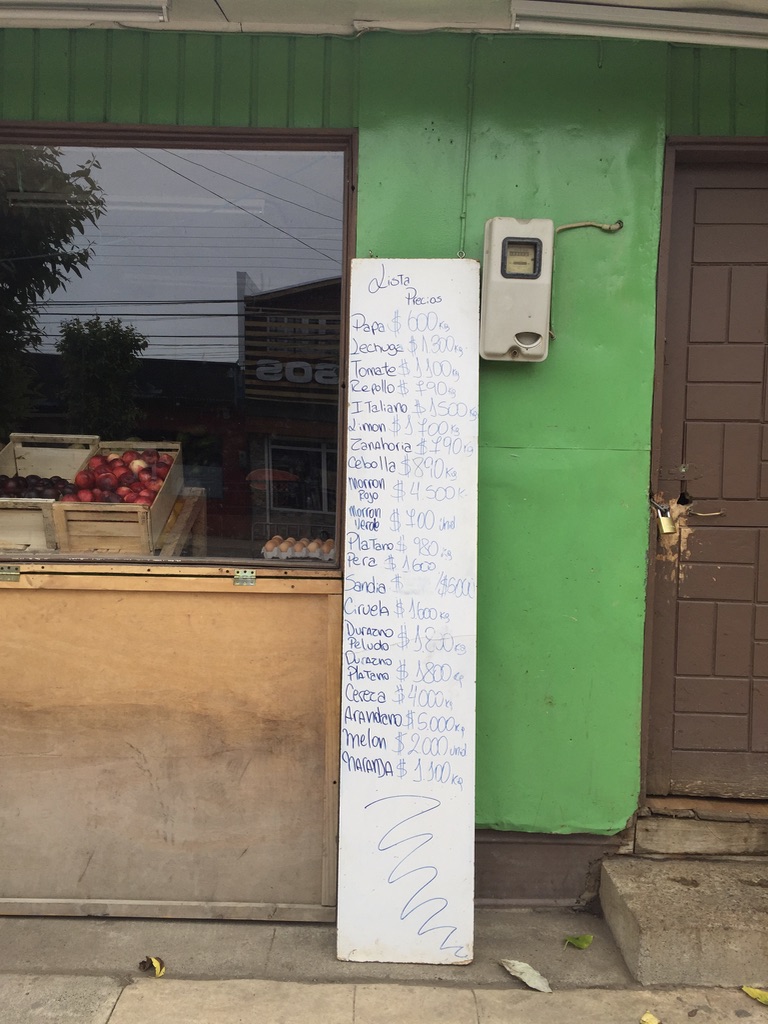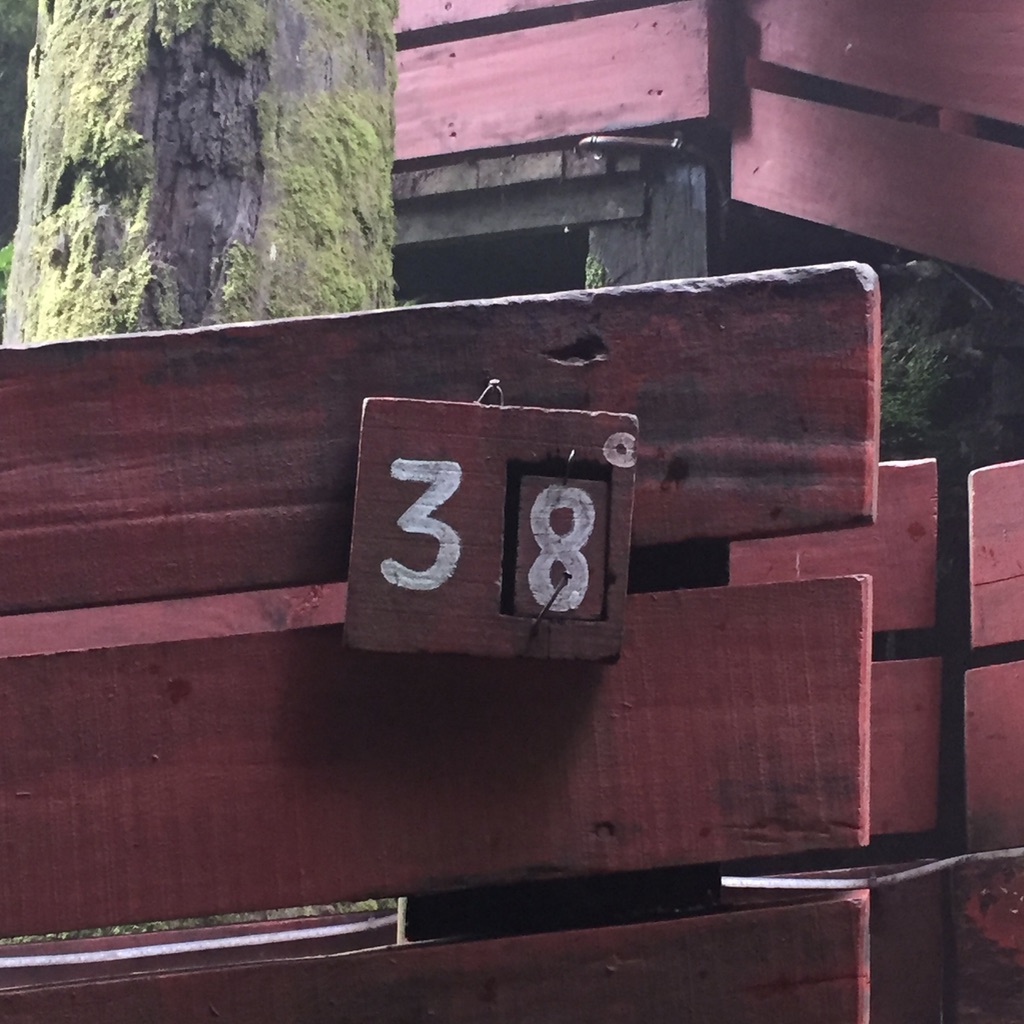A building architecture pregnant with two children. Not twins. The first child cut in the image of romantic nationalism. The second, occupier of a native land. A Hermes and Apollo tale of death, theft and the power of ending disputes. Begin with federation, the making of a capital and an Australian identify. The base of this building, its retail and public functions, and landscape and urban elements are the opus for the first part of this narrative. Like all good stories there is a twist. The usually limp city environment will now be colonised by thriving native bushland. The bushland is planting its own architecture and resowing a new future. On its back will eventually ride a convivial and animated community of people, munching on eucalyptus biscotti and strumming lyres. Today this new building, together with the planted architecture, will also be an infectious occupier. It will fill the cracks between the faceless white-paneled government buildings which have to date suffocated life. Sitting on top of this base is the brutal machine-for-function. The car park with its chiseled and unadorned face. She is raw and nude. Like Hermes emerging from his cave at four months old. This is an architecture more comfortable being naked. In her bareness she is defenseless. But this is her strength. You see her compromises, her histories and her tensions. She disarms us, she takes us in, and in full circle we occupy her, at her invitation. This new building records a Brutalist architectural era and the government institutions and regulations that came to dominate. Human progress at its harshest. Impersonal and dominated by the car. It has parallels with the built form history of Canberra from the F.C. Pye Laboratory, Dickson Way, Black Mountain, by Ken Wooley (1966) to the High Court of Australia by Edwards, Madigan, Torzillio and Briggs (1980). There is an architectural Canberra plot to be told. In keeping with acts of subversion, new architectural work should seek to evolve this plot. To glimpse at what a future of driver-less cars and mass transport customisation might look like in a new Brutalist body. A kind of Future Brutalism where open collectivism has tamed the impersonal machine of regulation and the blunt sledgehammer of progress. She pays little regards to national borders and believes in free movement of information, people and goods. New materials, systems and technologies are a poetically woven into her quilt of decency.
